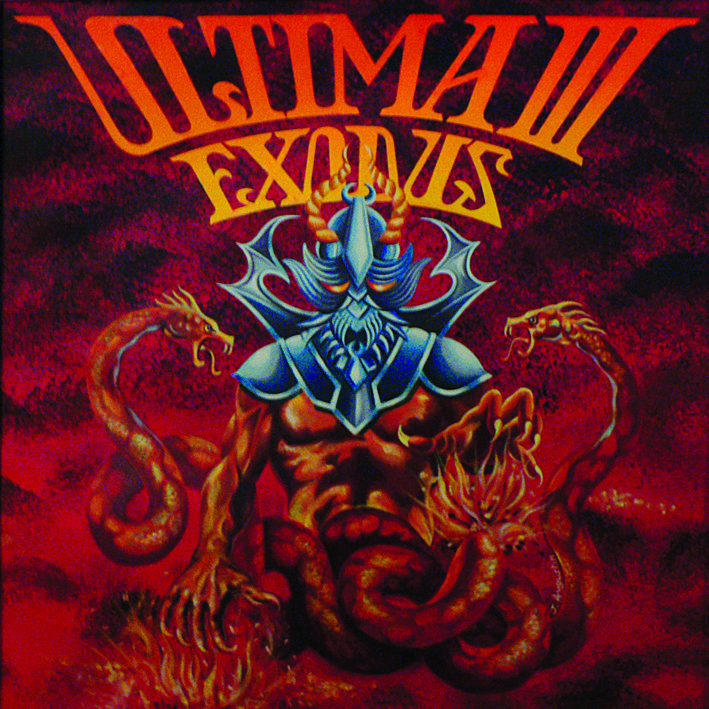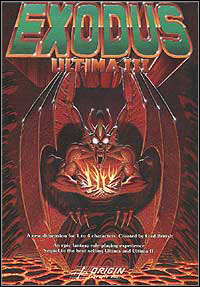

They are of particular importance in the events of the game, gradually being pulled from their orbits by the Guardian’s columns and threatening to collide with Britannia in what would be an unprecedented catastrophe. However, there are discrepancies between these appearances: in the cutscene, Trammel and Felucca are both white, as opposed to the aforementioned hues observed during gameplay. In Ultima IX, the moons are shown in-game and in one cutscene. In Ultima VII, Trammel and Felucca are only visually represented by their models mounted upon Moonglow’s orrery, and play no part in the operation of moongates. Throughout gameplay, the traditional moon phase icons make their final appearance. Their first detailed in-game appearance comes in the introduction sequence of Ultima VI, during the gargoyles' attempted sacrifice of the Avatar here, they are shown as wet moons. In Ultima III, Trammel and Felucca are only represented with numbers, and in Ultima IV and Ultima V with small moon phase icons. Drash and the Sierra On-Line re-release of Ultima I. In later installments beginning with Ultima V, Felucca's phase determines the destination gate for the second half of the night, as soon as both moons are no longer at equal altitude in the sky.įelucca most frequently appears white and grey throughout the series, save for gameplay in Ultima IX, where it is cyan.Īlthough not in the game itself, which takes place on Earth, the first appearance of the moons is on the rear cover of the Ultima II box, the artwork for which was later reused both for Escape from Mt. In the moongate systems of Ultima III and Ultima IV, it is the phase of this moon that determines a gate's destination. However, in the introduction sequence of Ultima VI it exhibits a slight blue tint, while during gameplay in Ultima IX it appears reddish-brown.įelucca is the smaller of the two moons as observed on Britannia, with a synodic period of 14 days. Trammel is generally depicted as white and grey throughout the series. In later Ultima installments beginning with Ultima V, Trammel's phase determines the destination gate for the first half of the night, until and including when both moons are at equal altitude in the sky. In Ultima III and Ultima IV, it is the phase of this moon that determines which moongate is currently open.


Trammel is the larger of the two moons as observed on Britannia, with a synodic period (one complete phase cycle) of 9 days. However, each moon is distinct both visually and in the influence it has exerted upon the planet throughout history. Trammel and Felucca are both thought to be devoid of life and, according to the Moonglow observatory’s orrery in Ultima VII, follow a clockwise orbit around Britannia (unlike Earth’s moon, which orbits anticlockwise).


 0 kommentar(er)
0 kommentar(er)
